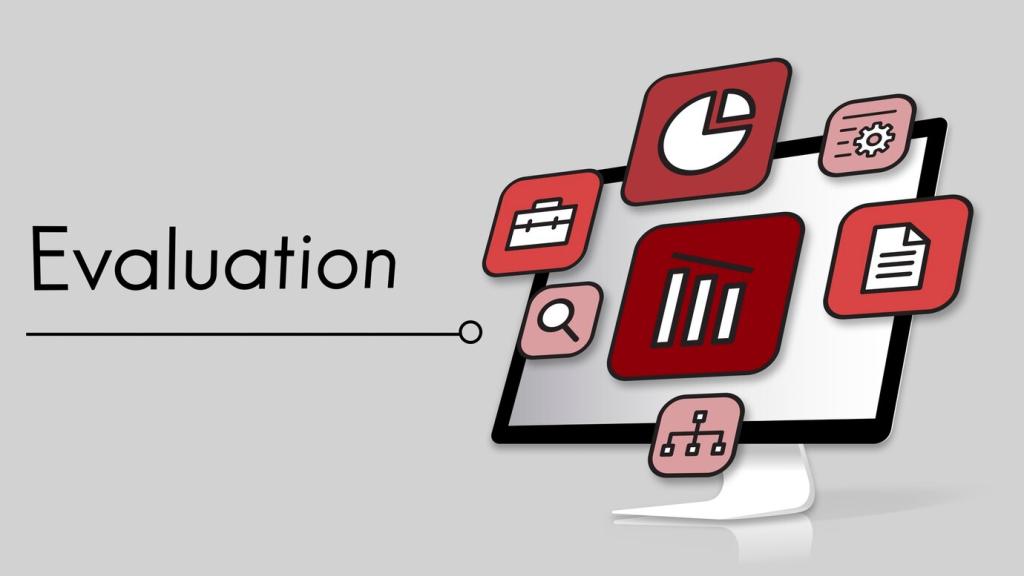Collecting and Verifying Evidence That Stands Up
Choose samples based on risk concentration: privileged accounts, internet-facing assets, and systems carrying regulated data. Document your rationale. Fewer, sharper samples build stronger conclusions than sprawling collections that exhaust teams and dilute your message.
Collecting and Verifying Evidence That Stands Up
Combine artifacts, system logs, and human testimony. For identity reviews, verify entitlements from directories, change tickets, and manager attestations. Triangulation prevents overreliance on any one source and exposes inconsistencies that point to deeper process weaknesses.






